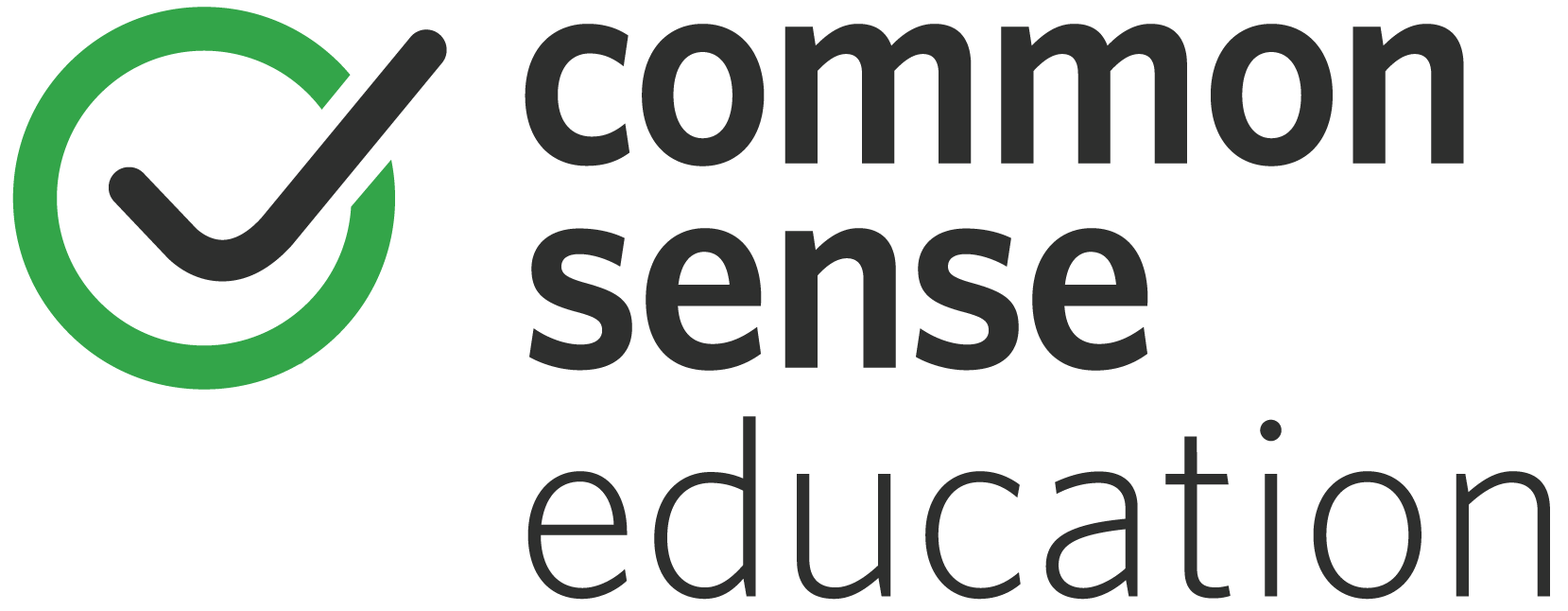If you’re considering whether or not you want to explore using podcasts as primary or supplementary texts, consider these benefits for students:
Reading along with a podcast builds confidence and literacy
Word recognition (or “decoding”) is the most crucial skill for very young students; however, with older students (middle school and upwards), decoding becomes more automatic, and listening comprehension becomes the primary component for learning language. Podcasts allow students to practice their listening comprehension of complex texts that are both conversational and formal, and the corresponding transcripts enable students to confirm their success.
In addition, students learning English as a second language report that they like how they can read the words and promptly “hear how they’re supposed to sound.” Pronunciation and prosody — the patterns of stress and intonation used when people are speaking — aid in understanding, especially for English-language learners.
Podcasts present a broad array of narrative types and subject matter
With podcasts, you can choose the content and form that fits your particular lesson, and the possibilities are endless: fictional stories, educational and inspirational TED talks, current events/world news, history, sports, pop culture/entertainment, and investigative journalism. Using an array of forms keeps your class fresh and engaging, and podcasts expose students to a wide variety of methods of communication, including narration, casual dialogue, scripted dialogue, and interviews.
Also, featuring diverse subject matter keeps the class exciting and gives them access to a whole world of knowledge and wisdom. English classes can fall into a rut of using the same types of stories; podcasts can provide new subject matter that not only keeps you and your students more engaged but also allows students to experience exemplary communication outside traditional texts.
Reading along keeps easily distracted students extremely focused
Students report that reading along with the audio helps with their focus and keeps them from “spacing out” while listening. Plus, many of our students explicitly recognize that they can look back and reread something they didn’t understand when they first heard it.
Podcasts are free, accessible, and always contemporary
Total cost of using a podcast in your classroom: $0 — which also happens to be the budget most teachers are given for classroom materials. Because of the casual tone of podcasts, the contemporary topics, or both, students have the feeling of participating in a conversation rather than having adults reading or talking at them. Students feel like they’re doing something special, new, and fresh — which is inherently exciting.
This article originally appeared on Common Sense Education . Common Sense Education helps educators find the best edtech tools, learn best practices for teaching with tech, and equip students with the skills they need to use technology safely and responsibly. Go to Common Sense Education for free resources including full reviews of digital tools, ready-made lesson plans, videos, webinars, and more.

